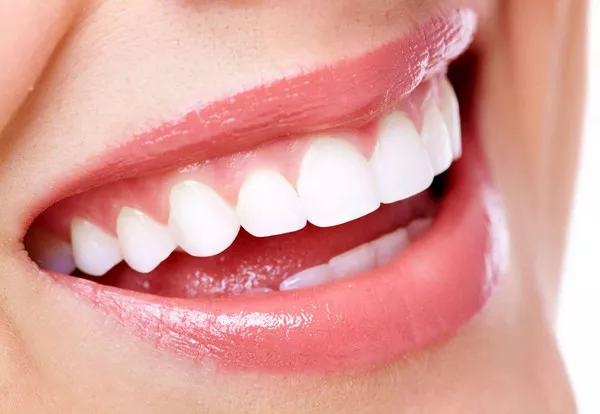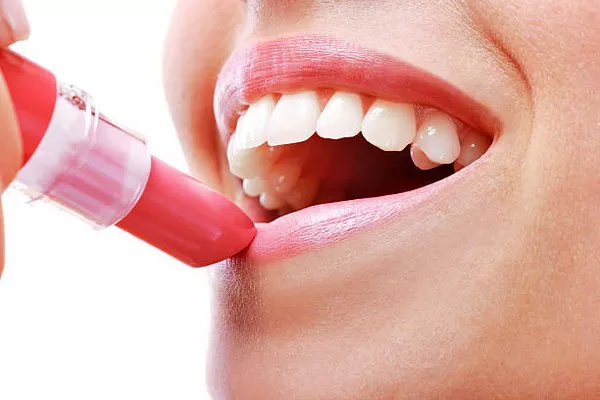Orthodontists specialize in diagnosing, preventing, and treating dental and facial irregularities, focusing on ensuring that teeth and jaws are correctly aligned. This raises a common question: can an orthodontist fill cavities? Understanding the scope of an orthodontist’s role, their training, and how they differ from general dentists can clarify this issue. This article will explore these aspects in detail, providing a comprehensive look at whether orthodontists can manage cavity fillings.
Understanding Orthodontics
What Orthodontists Do
Orthodontists are experts in:
Assessing and diagnosing dental and facial irregularities related to alignment and bite
Developing treatment plans that often include braces, clear aligners, or other appliances to correct these issues
Monitoring and adjusting orthodontic appliances to guide teeth into their proper positions
Ensuring long-term stability of the corrected alignment through retainers and other devices
Training and Qualifications
Orthodontists undergo extensive education and training, which includes:
Completion of dental school to earn a Doctor of Dental Surgery (DDS) or Doctor of Dental Medicine (DMD) degree
A specialized orthodontic residency program, typically lasting 2-3 years, focusing on orthodontic techniques and appliance use
Certification from a professional board in orthodontics, confirming their expertise in the field
What Orthodontists Do Not Typically Do
Orthodontists are not generally involved in:
Routine dental procedures like fillings or root canals
Comprehensive general dental care, including preventive and restorative treatments
General Dentistry vs. Orthodontics
Roles of a General Dentist
General dentists provide a broad range of dental services, including:
Performing routine cleanings and preventive checkups
Filling cavities and treating tooth decay
Conducting extractions and performing root canals
Installing crowns, bridges, and other restorative work
Differences in Training
General dentists receive training in various areas of dental care, including:
Diagnosis and management of tooth decay and cavities
Restorative procedures such as fillings and crowns
Preventive care and patient education on maintaining oral health
Cavity Filling: The Basics
What Is a Cavity?
A cavity is a localized area of tooth decay that results in:
Breakdown of tooth enamel due to bacterial infection
Formation of a hole or pit in the tooth that can lead to further complications if not treated
Potential for pain and sensitivity, and if left untreated, can cause more severe dental issues
Filling Cavities
The process of filling a cavity typically involves:
Removing decayed tissue from the tooth to halt the progression of decay
Cleaning the cavity to ensure it is free from bacteria and debris
Filling the cavity with a restorative material such as amalgam, composite resin, or gold to restore the tooth’s function and structure
Orthodontists and Cavity Fillings
Can Orthodontists Perform Fillings?
Orthodontists are generally not trained to fill cavities. Their primary focus is on:
Correcting misalignments and bite issues
Using braces, aligners, and other orthodontic appliances
When Orthodontists May Address Cavities
Orthodontists may play a role in:
Identifying cavities during routine orthodontic evaluations
Referring patients to a general dentist for necessary restorative treatments
Monitoring how orthodontic appliances might affect existing cavities or impact cavity treatment
See Also: Do Orthodontists Do Root Canals?
Why Orthodontists Don’t Fill Cavities
Scope of Practice
Orthodontists have a specialized focus that does not include:
Restorative dentistry procedures such as cavity fillings
General dental care that is outside their field of expertise
Training Limitations
Orthodontic education does not typically cover:
In-depth training in restorative procedures like fillings
Comprehensive instruction on managing cavities or other general dental issues
Working with General Dentists
Collaborative Care
Orthodontists and general dentists often work together to ensure:
Comprehensive management of both alignment and restorative dental issues
Effective treatment plans that address all aspects of a patient’s dental health
Referral Process
If an orthodontist detects a cavity, they usually:
Refer the patient to a general dentist for cavity treatment
Ensure that the general dentist is informed of any orthodontic appliances or treatments that might affect the cavity or its treatment
Conclusion
In summary, orthodontists play a critical role in managing dental and facial alignment issues, but they are not typically involved in filling cavities. Their training and expertise are centered around orthodontic treatments rather than restorative procedures. General dentists, with their broader training in dental care, handle cavity fillings and other restorative treatments. For patients undergoing orthodontic treatment, it is essential to consult both their orthodontist and general dentist to address all aspects of their dental health effectively. This collaborative approach ensures that both alignment issues and cavity concerns are managed appropriately, providing comprehensive care for the patient.
FAQs
1. Can an orthodontist fill a cavity if they notice one during treatment?
Orthodontists are generally not trained to fill cavities as their expertise lies in correcting dental alignment and bite issues. If an orthodontist notices a cavity during an examination, they will typically refer you to a general dentist who specializes in restorative procedures. The general dentist will be able to assess the cavity and perform the necessary filling or other treatments. Orthodontists may monitor the cavity’s impact on orthodontic appliances and coordinate with the general dentist to ensure that both alignment and restorative needs are addressed. This collaborative approach ensures comprehensive care and effective management of your dental health.
2. What should I do if I have a cavity while undergoing orthodontic treatment?
If you have a cavity while undergoing orthodontic treatment, it’s essential to address it promptly to prevent further complications. Inform your orthodontist about the issue; they will likely refer you to a general dentist for treatment. The general dentist will evaluate the cavity and provide the necessary restorative care, such as a filling. Once the cavity is treated, your orthodontist will continue to monitor your treatment progress and make any necessary adjustments to accommodate the restoration. This ensures that both your orthodontic treatment and cavity management are effectively coordinated for optimal oral health.
3. How does a cavity affect orthodontic treatment?
A cavity can impact orthodontic treatment in several ways. If a cavity is present, it can potentially interfere with the placement or effectiveness of orthodontic appliances. Decay can weaken the tooth structure, making it more susceptible to damage or affecting the fit of braces or aligners. Additionally, untreated cavities can lead to more significant dental issues, which may complicate orthodontic treatment. It is crucial to address cavities promptly and work with both your orthodontist and general dentist to ensure that your orthodontic treatment proceeds smoothly and your overall dental health is maintained.
4. Can orthodontists provide emergency care for dental issues like cavities?
Orthodontists are primarily focused on managing and correcting alignment and bite issues rather than providing emergency care for cavities or other dental emergencies. If you experience a dental emergency related to a cavity, such as severe pain or a broken tooth, it is advisable to contact a general dentist who is equipped to handle such situations. Orthodontists can, however, provide advice on how to manage orthodontic appliances in the case of an emergency and may assist in coordinating care with your general dentist. Ensuring timely treatment for emergencies helps prevent further complications and supports the continuation of your orthodontic treatment.
5. How often should I see a general dentist if I have braces?
Even if you have braces, it is essential to maintain regular visits to your general dentist in addition to your orthodontic appointments. You should schedule routine checkups with your general dentist every six months for cleanings and exams to ensure your oral health is in good condition. Regular visits help in detecting and treating any cavities or other dental issues early, preventing complications that could affect your orthodontic treatment. Your general dentist and orthodontist will work together to provide comprehensive care, ensuring that both your braces and overall dental health are well-managed. This approach helps keep your teeth healthy and your orthodontic treatment on track.
You Might Be Interested In
































